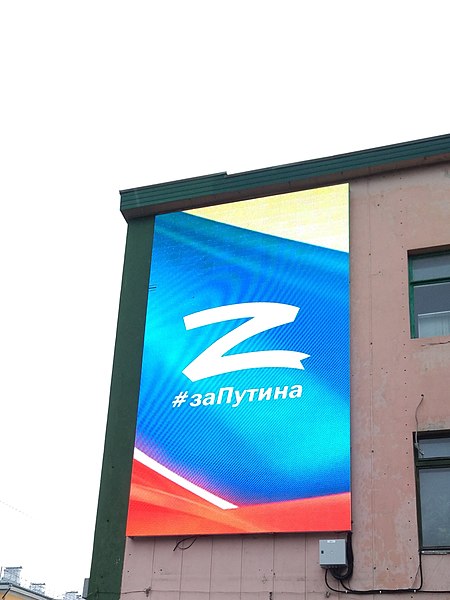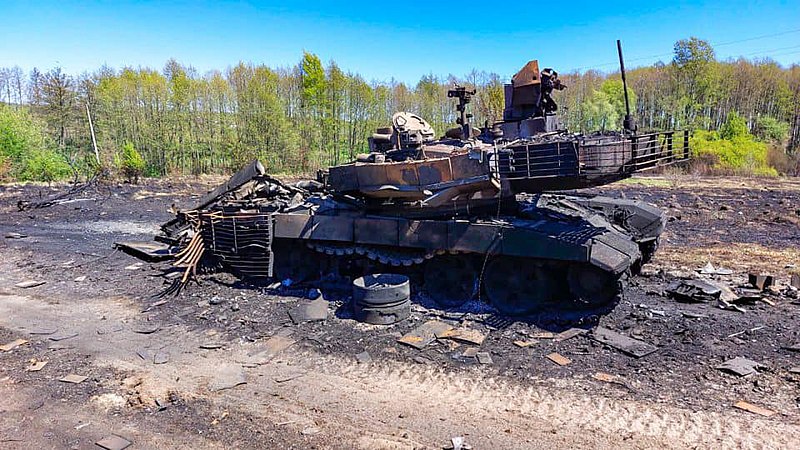Russia has moved from Soviet-style warfare to self-pitying introspection, but it remains dangerous and must be defeated.
Russia is going to war with Ukraine to defend the Motherland from gay parades. Russia is defending against an onslaught of transgender NATO satanist mercenaries of mixed ethnicity. Russian state television discusses whether it’s best to bomb Berlin first, or more sensible to start with London and then move on to eradicate the rest of Western Europe, thus removing the sources of support for the queer-Nazi government in Kyiv.
Continue reading Russia’s Imperial Farce


